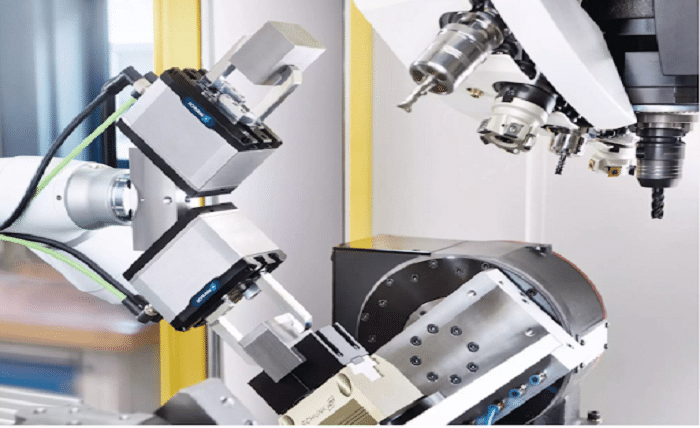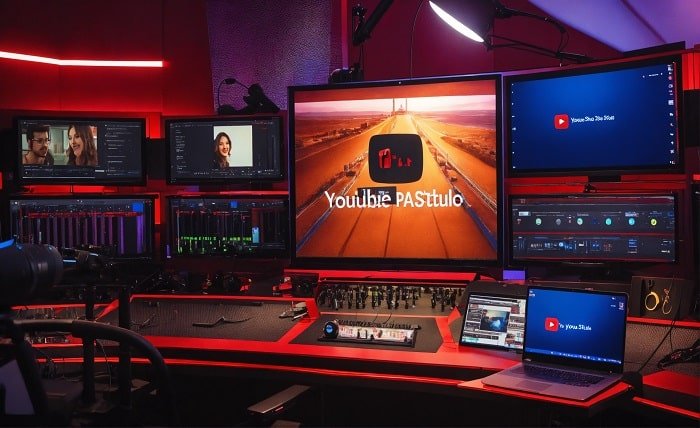Old technology often serves as a reminder of how far we have come in the world of innovation. The devices and systems of the past, though seemingly primitive by today’s standards, laid the groundwork for many of the technological marvels we enjoy today. This blog post explores the evolution of old technology, highlighting key milestones, innovations, and their enduring influence on modern technology.
1. The Genesis of Old Technology
Defining Old Technology
Old technology encompasses the tools, devices, and systems that were once cutting-edge but have since been surpassed by newer innovations. These technologies include early computing devices, vintage communication tools, and primitive machinery.
Historical Context
To understand old technology, it’s essential to place it in its historical context. Many technologies that are now considered obsolete were revolutionary at their time, representing significant advancements in science and engineering.
2. Early Computing Devices
The Abacus: A Primitive Calculator
The abacus is one of the earliest known computing devices. Used since ancient times, it provided a simple yet effective way to perform arithmetic calculations. Its design and function laid the foundation for more complex computational tools.
The Mechanical Calculator
Mechanical calculators, such as the Pascaline invented by Blaise Pascal, marked a significant advancement in computational technology. These devices could perform basic arithmetic operations and represented a leap towards modern computing.
3. The Advent of the First Computers
The ENIAC: The First General-Purpose Computer
The ENIAC (Electronic Numerical Integrator and Computer) was one of the earliest general-purpose electronic computers. Developed in the 1940s, it played a crucial role in advancing computing technology and was used for complex calculations in various scientific fields.
The Evolution of Mainframes
Mainframe computers emerged in the mid-20th century and were pivotal in handling large-scale computations for businesses and research institutions. These machines were known for their impressive processing power and large physical size.
4. Vintage Communication Tools
The Telegraph: Revolutionizing Communication
The telegraph revolutionized long-distance communication in the 19th century. By transmitting coded messages over wires, it enabled faster and more reliable communication than ever before.
The Rotary Phone: A Step Forward
The rotary phone represented a significant advancement in telecommunication technology. With its rotary dial, users could make calls without operator assistance, marking a shift towards more user-friendly communication devices.
5. Early Entertainment Technology
The Phonograph: A New Era of Sound
Thomas Edison’s phonograph was one of the first devices capable of recording and playing back sound. This invention marked the beginning of the recorded music industry and laid the groundwork for future audio technologies.
The Film Projector: Bringing Stories to Life
The film projector allowed for the projection of moving images onto a screen, revolutionizing entertainment and cinema. This technology made it possible for people to experience stories and events in a visual format.
6. The Rise of Personal Computers
The Introduction of the Microprocessor
The microprocessor revolutionized personal computing by integrating the functions of a computer’s central processing unit (CPU) onto a single chip. This innovation made computers more affordable and accessible to individuals.
Early Personal Computers
Early personal computers, such as the Apple II and IBM PC, brought computing power to the home and office. These machines introduced many people to computing and set the stage for the proliferation of personal and business computing.
7. The Impact of Old Technology on Modern Devices
Legacy Systems and Compatibility
Many old technology systems continue to influence modern devices through legacy support and compatibility. Understanding the design and function of early technology helps in maintaining and upgrading contemporary systems.
Technological Continuity
The principles and innovations from old technology have paved the way for modern advancements. For example, the concept of user interfaces, data storage, and computational algorithms has evolved from early devices to today’s sophisticated technology.
8. The Preservation of Old Technology
Collecting and Restoring Vintage Devices
Collecting and restoring vintage devices is a popular hobby for enthusiasts who appreciate the craftsmanship and historical significance of old technology. Restorations often involve finding rare components and repairing or refurbishing equipment to its original state.
Museums and Exhibits
Many museums and exhibits showcase old technology, preserving the legacy of these innovations for future generations. These displays offer insights into the development of technology and its impact on society.
9. The Role of Old Technology in Education
Teaching Historical Perspectives
Old technology serves as a valuable educational tool for teaching historical perspectives. By examining the evolution of technology, students gain a deeper understanding of how innovation shapes our world.
Hands-On Learning
Hands-on experiences with old technology allow students and enthusiasts to interact with historical devices. This practical engagement helps in appreciating the complexities and achievements of past technological advancements.
10. Future Prospects: Learning from the Past
Innovations Inspired by Old Technology
Old technology continues to inspire innovation in modern design and engineering. Learning from past technologies can lead to breakthroughs and improvements in current devices.
Balancing Innovation with Tradition
Balancing innovation with tradition involves respecting the contributions of old technology while embracing new advancements. This approach ensures that technological progress honors and builds upon historical achievements.
Conclusion
The journey through old technology reveals a rich tapestry of innovation and progress. From early computing devices and vintage communication tools to the rise of personal computers, each technological advancement has played a crucial role in shaping the modern world. Understanding the legacy of old technology not only helps us appreciate the advancements we enjoy today but also inspires future innovations. As we continue to push the boundaries of technology, the lessons learned from the past will remain a guiding light in our quest for progress.
FAQ
1. What is considered “old technology”?
Old technology refers to devices, tools, and systems that were once cutting-edge but have since been surpassed by newer innovations. Examples include early computers, vintage communication devices, and mechanical calculators.
2. How did early computing devices influence modern technology?
Early computing devices laid the groundwork for modern technology by introducing fundamental concepts and components. Innovations such as mechanical calculators and early computers paved the way for advanced computing systems and personal computers.
3. Why is it important to preserve old technology?
Preserving old technology is important for historical and educational purposes. It allows us to appreciate the evolution of technological advancements and understand how past innovations have shaped modern devices.
4. How can old technology be used in education?
Old technology can be used in education to teach historical perspectives, provide hands-on learning experiences, and illustrate the development of technological concepts. It helps students understand the progression of technology and its impact on society.
5. What future innovations are inspired by old technology?
Future innovations often draw inspiration from old technology by building upon past achievements and addressing past limitations. This approach can lead to breakthroughs and improvements in contemporary technology.





